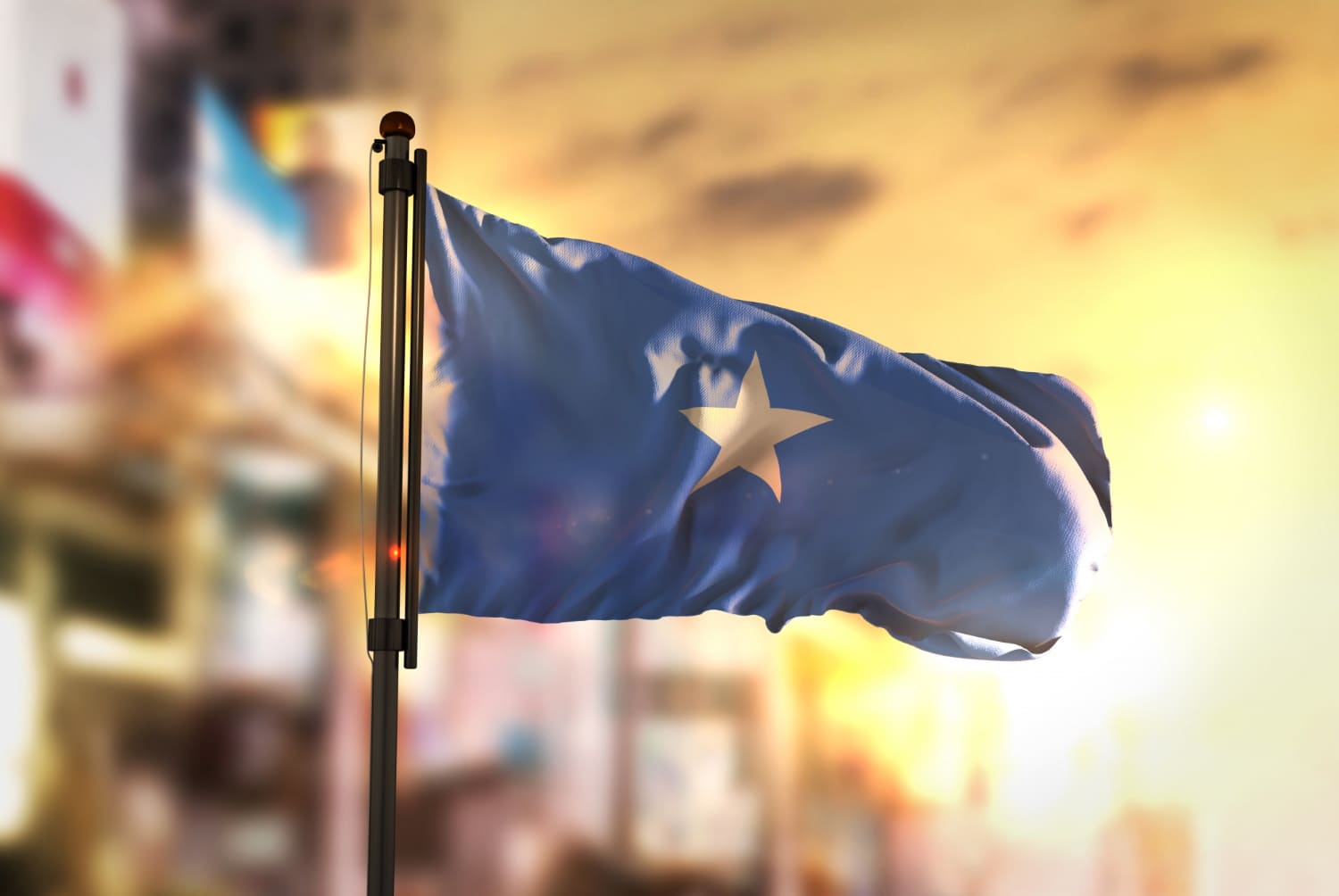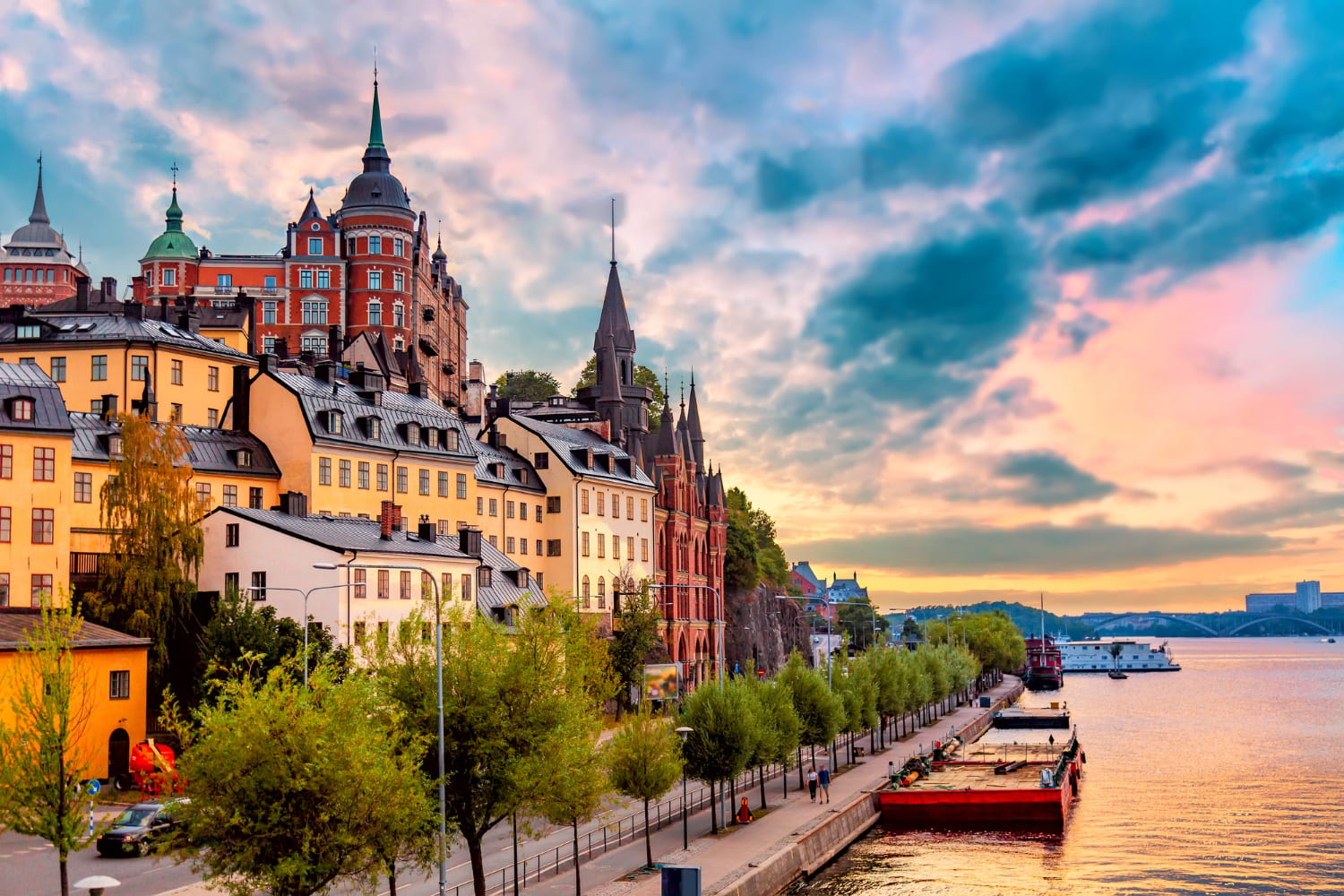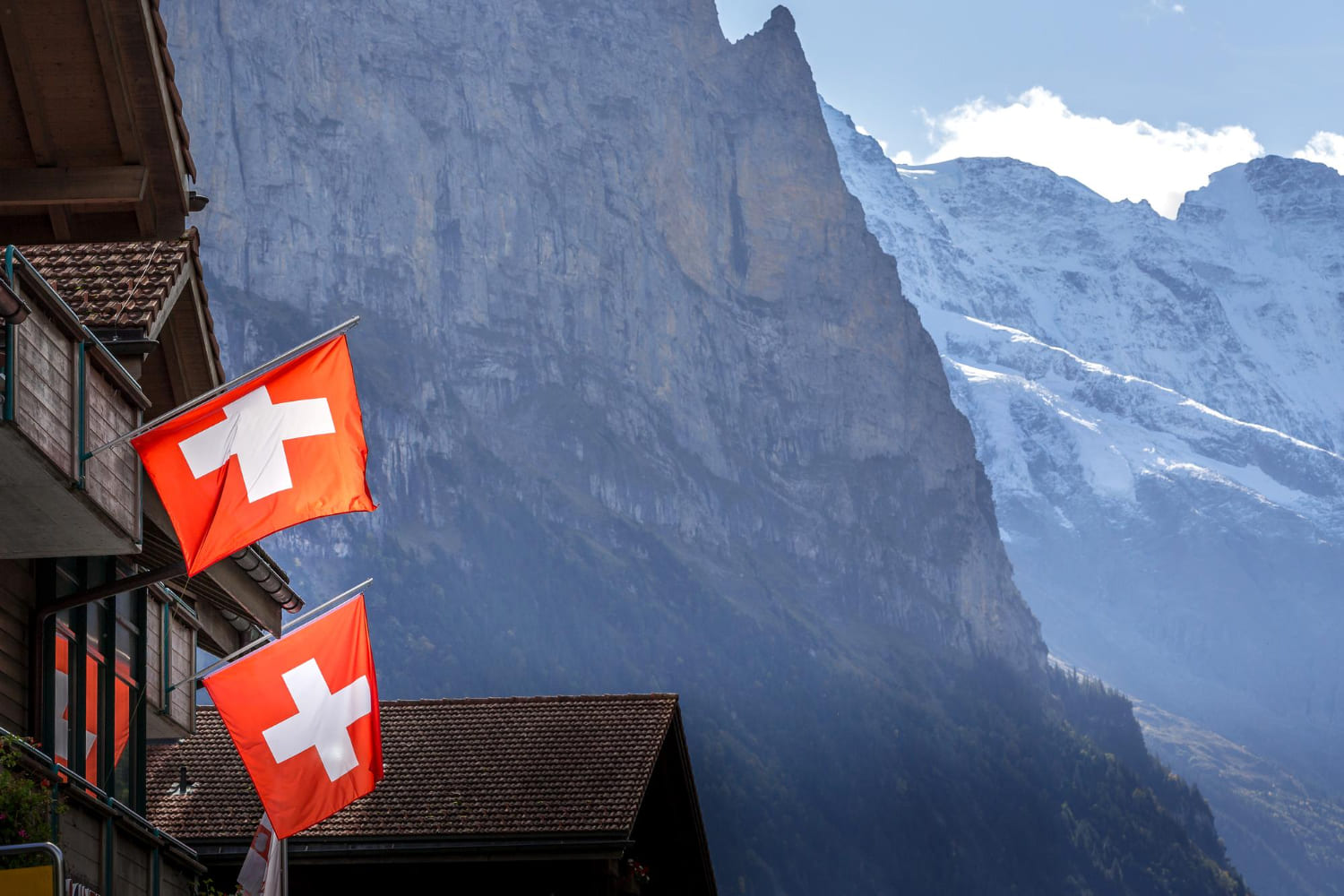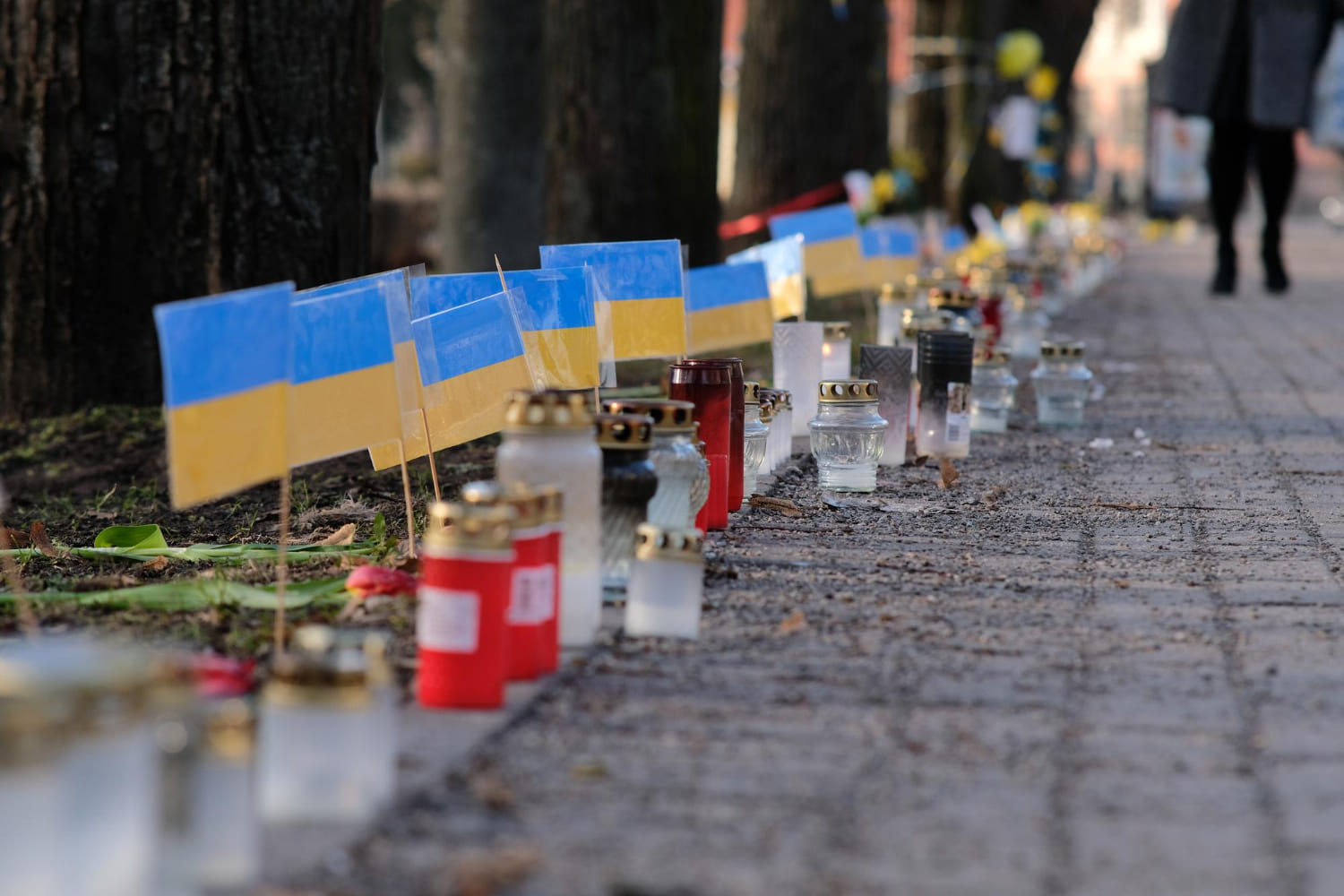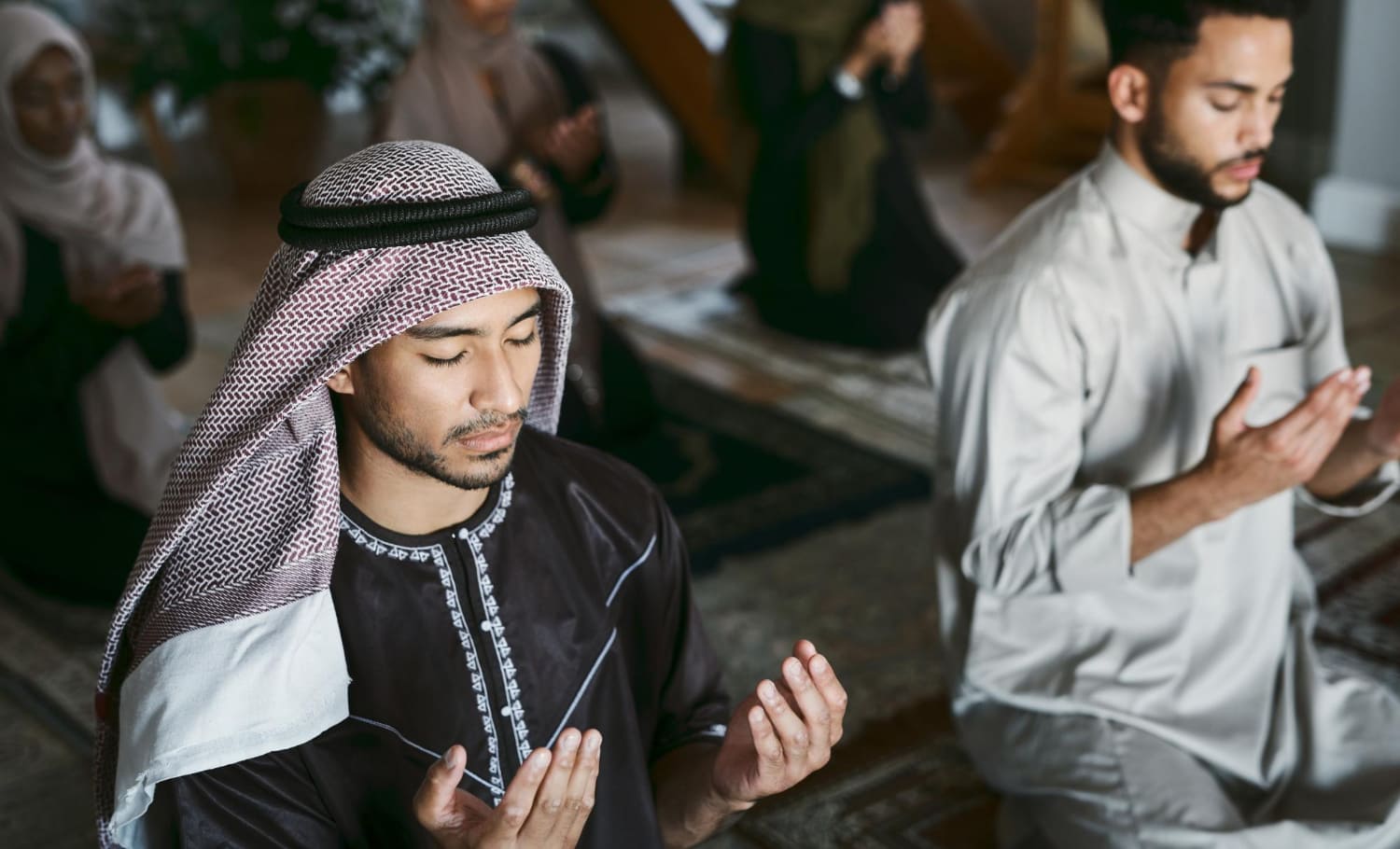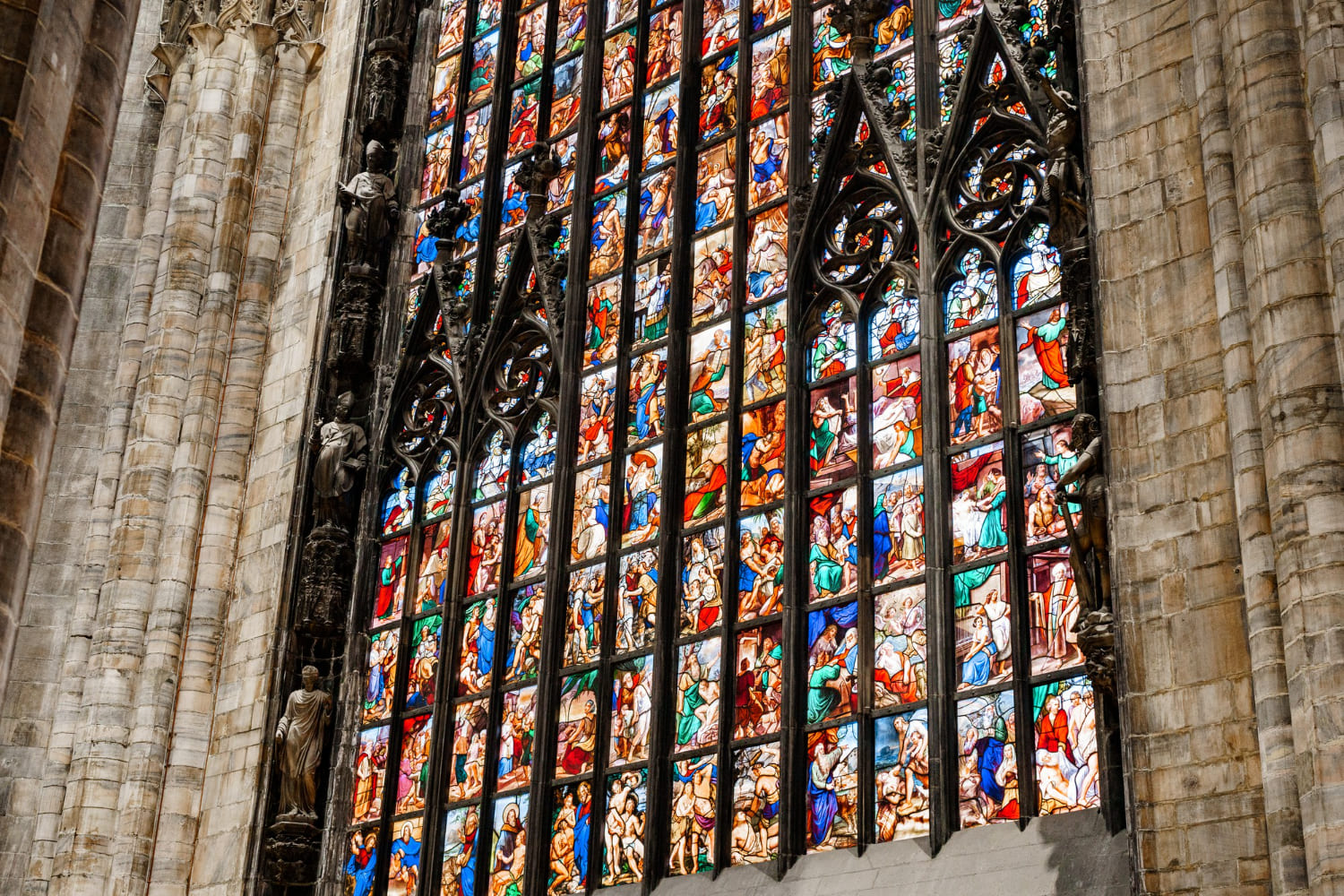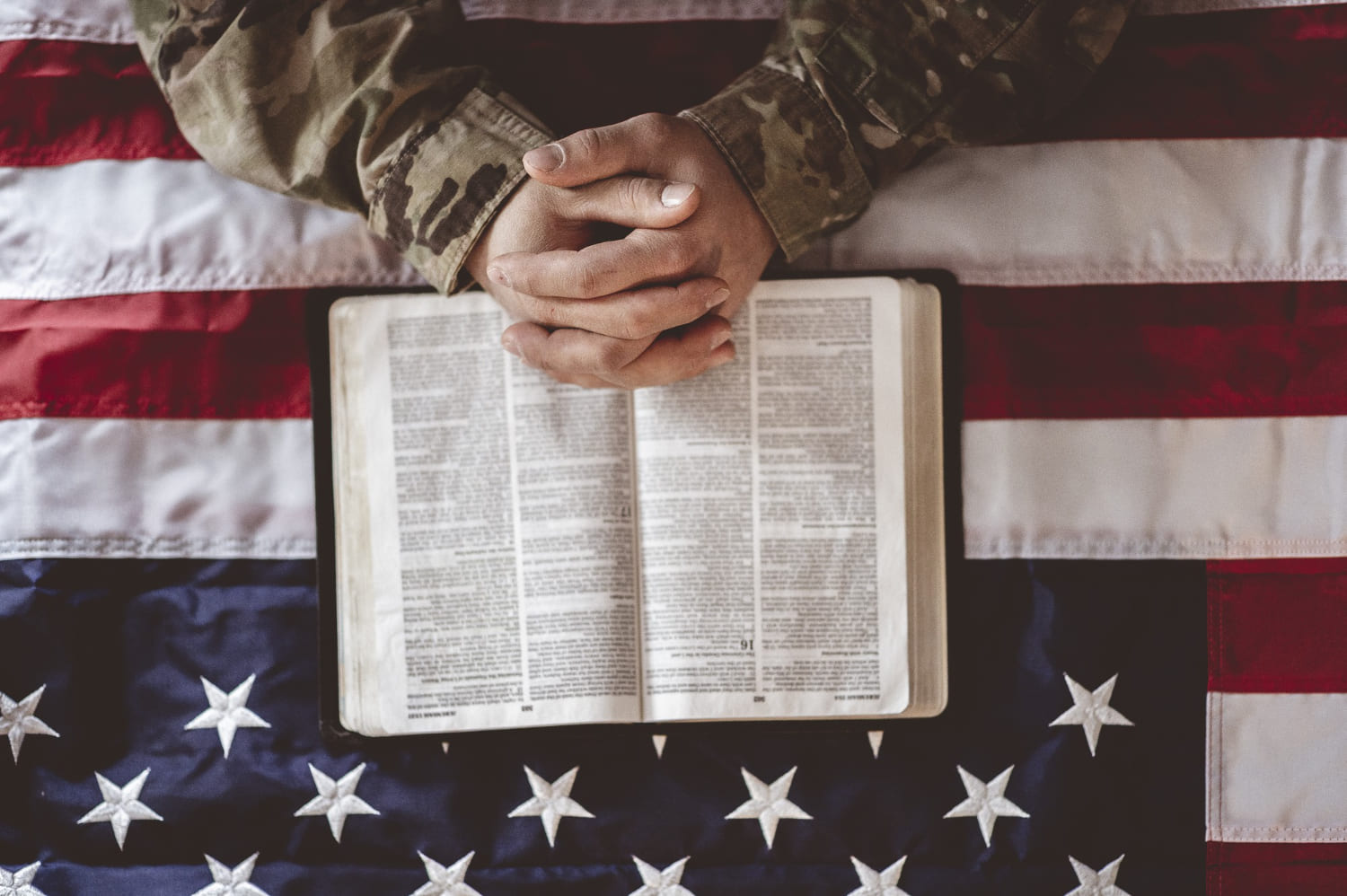Thailand is a country with a rich cultural heritage and religious diversity. The country’s official religion is Buddhism, and it is practiced by the majority of the population.
However, there are several other recognized religions in Thailand, including Islam, Hinduism, Christianity, Judaism, and Sikhism.
According to official census data, approximately 95% of Thais follow Buddhism, making it the dominant religion in the country.
Islam is considered to be a religious minority in Thailand, with about 4.94% of the population identifying with it.
Most of the Thai Muslims belong to the Sunni group and mainly occupy the provinces Yala, Pattani, and Narathiwat.
Christianity is also practiced by a small number of people in Thailand, with about 1.17% of the population being Christian.
Thailand’s religious diversity is reflected in the country’s rich cultural heritage, which includes a variety of religious festivals and celebrations.
These festivals are an important part of Thai culture and are celebrated with great enthusiasm and zeal.
In this article, we will take a closer look at the different religions practiced in Thailand and their significance in Thai culture.
- List Of Thai Religions
- Buddhism
- Islam
- Christianity
- Hinduism
- Sikhism
- Other Religions
- Demographics and Statistics
- Population Distribution by Religion
- Regional Variations in Religious Adherence
- Growth Trends and Projections
- Cultural Impact of Religions
- Religious Festivals and Holidays
- Religion and Thai Art
- Religion in Everyday Life
- Government and Religion
- Religious Freedom and Legislation
- State Support and Endorsements
- Interfaith Relations and Dialogue
- Historical Development of Religions
- Origins of Thai Buddhism
- Historical Influence of Hinduism and Animism
- Christianity and Islam in Thai History
- Religious Sites and Pilgrimages
- Buddhist Temples and Monasteries
- Islamic Mosques
- Christian Churches and Cathedrals
- Religion and Education
- Challenges and Controversies
- Religious Conflicts
- Modernization and Religion
- Religious Minorities and Rights
List Of Thai Religions
Thailand is a country with a rich and diverse religious landscape.
The majority of the population practices Buddhism, which has been the dominant religion in Thailand for over a thousand years.
According to official census data, approximately 95% of Thais follow Buddhism. However, there is no official state religion in Thailand, and freedom of religion is protected under the Thai constitution.
Buddhism
Buddhism is the main religion of Thailand, with more than 64 million practitioners making up 95% of the population.
Thai Buddhism is a unique form of Theravada Buddhism, which is characterized by its emphasis on mindfulness and meditation.
Thai Buddhism also incorporates elements of animism and ancestor worship, which are deeply rooted in Thai culture.
Islam
Islam is considered to be a religious minority in Thailand, with only 4.94% of the population identifying with it.
Most of the Thai Muslims belong to the Sunni group and mainly occupy the provinces Yala, Pattani, and Narathiwat.
The Muslim community in Thailand has a long history, dating back to the 13th century when Arab traders first introduced Islam to the region.
Christianity
Christianity is a minority religion in Thailand, with less than 1% of the population identifying as Christians.
The majority of Thai Christians are Roman Catholics, with a smaller number of Protestants and other denominations.
Christianity was first introduced to Thailand by European missionaries in the 16th century, but it has struggled to gain a foothold in the predominantly Buddhist country.
Hinduism
Hinduism is a minority religion in Thailand, with a very small number of practitioners.
Hinduism was introduced to Thailand by Indian traders and settlers, and it has had a limited impact on Thai culture and society.
Today, there are only a few Hindu temples in Thailand, and most of them are located in Bangkok.
Sikhism
Sikhism is a minority religion in Thailand, with a very small number of practitioners.
The Sikh community in Thailand is primarily made up of Punjabi immigrants who came to Thailand in the early 20th century.
There are only a few Sikh temples in Thailand, and most of them are located in Bangkok.
Other Religions
In addition to the major religions listed above, there are several other religions that are practiced in Thailand, including Taoism, Confucianism, and Baha’i Faith.
However, these religions have a very small number of practitioners and have had a limited impact on Thai culture and society.
Demographics and Statistics
Population Distribution by Religion
Thailand is predominantly a Buddhist country, with over 92% of the population practicing Buddhism.
Islam is the second-largest religion, with approximately 5.4% of the population identifying as Muslim.
Christianity is the third-largest religion, with only 1.2% of the population.
Other religions, including Hinduism and Sikhism, make up the remaining 1.4% of the population.
Regional Variations in Religious Adherence
Buddhism is the dominant religion throughout Thailand, with the highest concentration of Buddhists residing in the central, northeastern, and northern regions.
Islam, on the other hand, is most prevalent in the southern provinces of Thailand, where the population is predominantly Malay-Muslim.
Christianity is mainly practiced in Bangkok and other urban areas, with a small number of adherents in rural areas.
Growth Trends and Projections
The population of Thailand has been steadily growing over the past few decades. In 2021, the population was estimated to be around 69 million.
According to a 2010 population census, 93% of the population is Theravada Buddhist, and 5% is Muslim.
However, some NGOs, academics, and religious groups estimate that 85 to 95 percent of the population is Theravada Buddhist and 5 to 10 percent Muslim.
As of now, there are no official projections for the growth of religions in Thailand.
However, given the current trends, it is expected that the majority of the population will continue to practice Buddhism, while the number of Muslims and Christians may increase slightly over time.
Cultural Impact of Religions
Religious Festivals and Holidays
Religious festivals and holidays play a significant role in Thai culture.
Thailand celebrates several Buddhist festivals, including Songkran, which marks the Thai New Year, and Loy Krathong, which is a festival of lights and water.
Other festivals include Makha Bucha Day, Visakha Bucha Day, and Asanha Bucha Day.
These festivals are celebrated with great enthusiasm and are an excellent opportunity for visitors to experience Thai culture.
Religion and Thai Art
Religion has also had a significant impact on Thai art.
Buddhist temples, or wats, are decorated with intricate carvings and murals that depict the life of Buddha, his teachings, and the history of Buddhism in Thailand.
The Grand Palace in Bangkok is an excellent example of Thai art and architecture influenced by religion. The palace is home to Wat Phra Kaew, which houses the famous Emerald Buddha statue.
Religion in Everyday Life
Religion is an integral part of everyday life in Thailand.
The majority of Thai people practice Buddhism, and it is not uncommon to see people praying at temples or making offerings to Buddha statues.
Thai people also believe in animism, which is the belief that everything has a spirit.
This belief is reflected in the use of spirit houses, which are small shrines that are placed outside homes and businesses to provide a home for the spirits that inhabit the land.
In conclusion, religion has had a profound impact on Thai culture and society. It has influenced everything from art and architecture to festivals and daily life.
Visitors to Thailand will undoubtedly encounter the country’s rich religious heritage and should take the opportunity to experience it firsthand.
Government and Religion
Religious Freedom and Legislation
Thailand’s constitution guarantees freedom of religion and prohibits discrimination based on religious beliefs.
The government recognizes five religions: Buddhism, Islam, Christianity, Hinduism, and Sikhism.
The majority of the population practices Buddhism, with approximately 93% identifying as Theravada Buddhist.
Muslims make up the largest religious minority, comprising approximately 5% of the population.
While the government does not impose any restrictions on religious practices, there have been reports of discrimination against religious minorities.
The government has also been criticized for its handling of religious conflicts, particularly in the southern provinces where there is ongoing violence between the Muslim minority and the Buddhist majority.
State Support and Endorsements
The Thai government provides support to religious organizations through tax exemptions and financial assistance for the construction and maintenance of religious buildings.
The King of Thailand is constitutionally required to be a Theravada Buddhist, and the monarchy has historically played a significant role in promoting Buddhism in the country.
In addition to state support, the government has also endorsed Buddhism through the use of Buddhist symbols and imagery in official ceremonies and public spaces.
For example, the national flag features a white elephant, an animal traditionally associated with Buddhism, and the emblem of the Thai government includes a depiction of the Garuda, a mythical bird from Hindu and Buddhist mythology.
Overall, while Thailand’s constitution guarantees religious freedom, there have been reports of discrimination against religious minorities.
The government provides support to religious organizations and endorses Buddhism through official symbols and ceremonies.
Interfaith Relations and Dialogue
Thailand is a country with a diverse religious landscape, where the majority of the population practices Theravada Buddhism.
However, the country is also home to a significant Muslim minority, as well as smaller communities of Christians, Hindus, Sikhs, Jews, and Taoists, among others.
Interfaith relations and dialogue have been an important aspect of Thailand’s religious landscape, particularly in the southern provinces where there have been tensions between Buddhist and Muslim communities.
The Thai government has implemented various programs and initiatives to promote interfaith dialogue and understanding, including the establishment of interfaith committees and the organization of interfaith conferences and seminars.
One notable example of interfaith dialogue in Thailand is the annual “Bridges – Dialogues Towards a Culture of Peace” conference, which brings together religious leaders, scholars, and practitioners from different faiths to discuss issues related to peace and interfaith cooperation.
In addition, there are several organizations and initiatives in Thailand that focus on promoting interfaith dialogue and understanding.
For example, the Interfaith Cooperation Forum (ICF) is a regional network that aims to build bridges between different faith communities in Asia through training, education, and advocacy.
Overall, interfaith relations and dialogue continue to play an important role in Thailand’s diverse religious landscape, helping to promote understanding, tolerance, and cooperation among different faith communities.
Historical Development of Religions
Thailand has a rich history of religions that have shaped the country’s culture and society.
The country’s official religion is Buddhism, which has been practiced in the region for over a thousand years.
However, other religions such as Hinduism, Animism, Christianity, and Islam have also played a significant role in Thailand’s religious landscape.
Origins of Thai Buddhism
Buddhism was introduced to Thailand in the 3rd century BC, during the reign of King Ashoka of India.
The religion was brought to the country by Buddhist monks who traveled from India to spread the teachings of the Buddha.
Over the centuries, Thai Buddhism has evolved and incorporated elements of local beliefs, customs, and traditions.
Today, Buddhism is the dominant religion in Thailand, with over 90% of the population being Buddhists.
Historical Influence of Hinduism and Animism
Hinduism and Animism have also played a significant role in shaping Thailand’s religious landscape.
Hinduism was introduced to Thailand in the 6th century AD, and its influence can be seen in Thai art, architecture, and literature.
Animism, on the other hand, is the belief in the existence of spirits and supernatural forces that inhabit the natural world.
Animism has been practiced in Thailand for thousands of years, and its influence can be seen in Thai folklore, traditional medicine, and spiritual practices.
Christianity and Islam in Thai History
Christianity and Islam were introduced to Thailand by European traders and missionaries in the 16th century. The first Christian mission was established in Thailand in 1550 by Portuguese missionaries.
Today, Christianity is a minority religion in Thailand, with less than 1% of the population being Christians.
Islam was introduced to Thailand in the 13th century by Muslim traders from the Middle East.
Today, Islam is the second-largest religion in Thailand, with over 4% of the population being Muslims.
In summary, Thailand’s religious landscape is diverse and complex, with a rich history of religions that have shaped the country’s culture and society.
Buddhism is the dominant religion, but other religions such as Hinduism, Animism, Christianity, and Islam have also played a significant role in Thailand’s religious development.
Religious Sites and Pilgrimages
Thailand is home to a diverse array of religious sites and pilgrimages, reflecting the country’s rich cultural heritage and the spiritual beliefs of its people.
From glittering Buddhist temples to ornate Christian churches, visitors can explore a wide range of sacred spaces throughout the country.
Buddhist Temples and Monasteries
Buddhism is the most widely practiced religion in Thailand, with over 95% of the population identifying as Buddhist.
As a result, the country is home to thousands of Buddhist temples and monasteries, many of which are popular pilgrimage sites for both locals and tourists.
One of the most famous Buddhist temples in Thailand is Wat Phra Kaew, located in Bangkok’s historic Grand Palace complex.
This temple is home to the revered Emerald Buddha statue, which is said to have been carved from a single block of jade and dates back to the 15th century.
Other notable Buddhist temples in Thailand include Wat Pho, home to the largest reclining Buddha statue in the country, and Wat Arun, known for its stunning Khmer-style architecture.
Islamic Mosques
Islam is the second-largest religion in Thailand, with a significant Muslim population in the southern provinces of the country.
As a result, there are many beautiful mosques throughout Thailand, each with its own unique style and history.
One of the most striking mosques in Thailand is the Chao Mae Lim Ko Niao Mosque in Songkhla province.
This mosque is notable for its colorful, Chinese-inspired architecture and intricate detailing.
Other notable mosques in Thailand include the Yala Central Mosque, which is one of the largest mosques in the country, and the Pattani Central Mosque, which features a stunning golden dome.
Christian Churches and Cathedrals
Christianity is a minority religion in Thailand, but there are still many beautiful churches and cathedrals throughout the country.
These buildings reflect the country’s colonial past, as well as the influence of European missionaries who arrived in Thailand in the 16th century.
One of the most impressive Christian churches in Thailand is the Holy Rosary Church in Bangkok.
This Gothic-style church was built in the late 19th century and features stunning stained glass windows and intricate carvings.
Other notable Christian sites in Thailand include the Assumption Cathedral in Bangkok, which is the largest Catholic church in the country, and the Chiang Mai Cathedral, which is known for its beautiful frescoes and ornate altar.
Religion and Education
Thailand’s educational system is heavily influenced by Buddhism, which is the dominant religion in the country.
Buddhist teachings are incorporated into the curriculum of public schools, and many schools have a Buddhist temple on their grounds.
However, students of all religions are welcome to attend these schools, and there are also private schools that cater to specific religious groups.
In addition to public and private schools, Thailand has a number of Buddhist universities, such as Mahamakut Buddhist University and Maha Chulalongkorn Rajavidyalaya University.
These universities offer courses in Buddhist studies, as well as other subjects such as law and medicine.
Despite the influence of Buddhism on the education system, Thailand guarantees freedom of religion, and students are free to practice their own religion.
Schools are also required to respect the religious beliefs of their students and provide accommodations for religious practices, such as allowing Muslim students to pray during school hours.
Overall, religion plays an important role in Thailand’s educational system, but the country is committed to providing a welcoming and inclusive environment for students of all religions.
Challenges and Controversies
Religious Conflicts
Thailand has experienced religious conflicts, particularly in the southern region where there is a significant Muslim population.
According to the 2020 International Religious Freedom Report, the violence in the region has resulted in deaths among both Muslims and Buddhists.
The government has been criticized for not doing enough to address the root causes of the conflict and for using excessive force in response to the violence.
Modernization and Religion
As Thailand continues to modernize, there are concerns that traditional religious practices may be lost or marginalized.
For example, younger generations may not be as interested in participating in religious ceremonies or visiting temples.
Additionally, the rise of technology and social media may be contributing to the spread of non-traditional religious beliefs and practices.
Religious Minorities and Rights
While the Thai constitution protects religious freedom, there have been concerns about the treatment of religious minorities in the country.
The 2021 International Religious Freedom Report notes that some religious minorities, such as Christians and Muslims, have faced discrimination and harassment.
Additionally, there have been concerns about the treatment of refugees and asylum seekers who may come from different religious backgrounds.
In conclusion, Thailand faces several challenges and controversies related to religion.
The government and society as a whole must work to address these issues and ensure that all individuals are able to practice their religion freely and without fear of discrimination or violence.

